Explore Teo Yang's minimalist museum design in Gyeongju
Seoul-based Teo Yang Studio is behind this redesign of the Gyeongju National Museum’s Silla History Gallery and lobby area, which combines Korean heritage and minimalist architecture
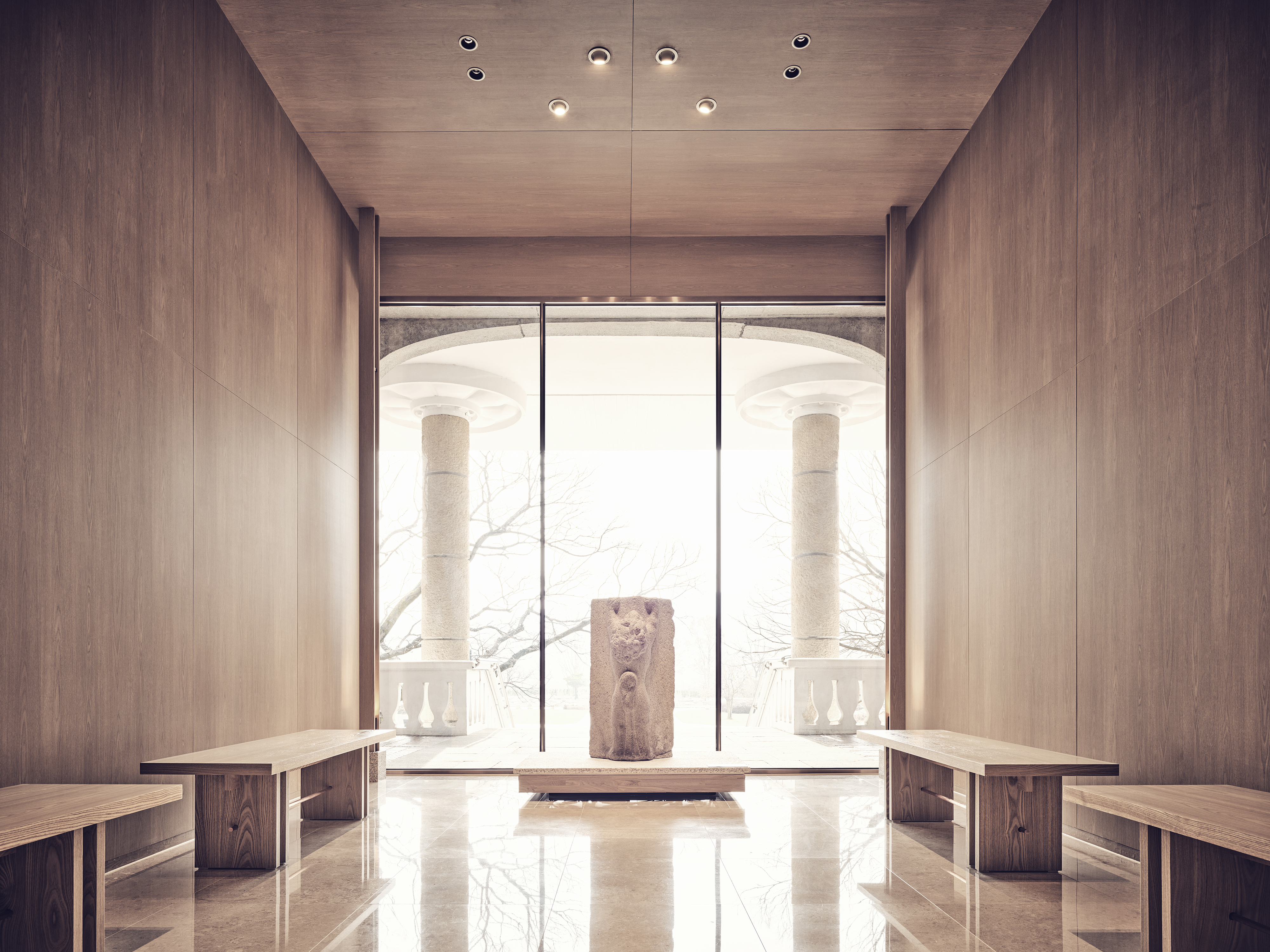
Teo Yang Studio has given the lobby and gallery at the Gyeongju National Museum’s Silla History wing a thorough refresh, mixing its own contemporary aesthetic and minimalist architecture with notes from the country's rich heritage. Drawing on Korean culture, the design team worked on interpreting historical elements for the 21st century in a space that feels sophisticated, serene and welcoming.
‘The design of the Silla History Gallery lobby aims to prove that the age-old artifacts kept in the museum can still inspire the contemporary design of the 21st century,' explains firm principle Teo Yang.
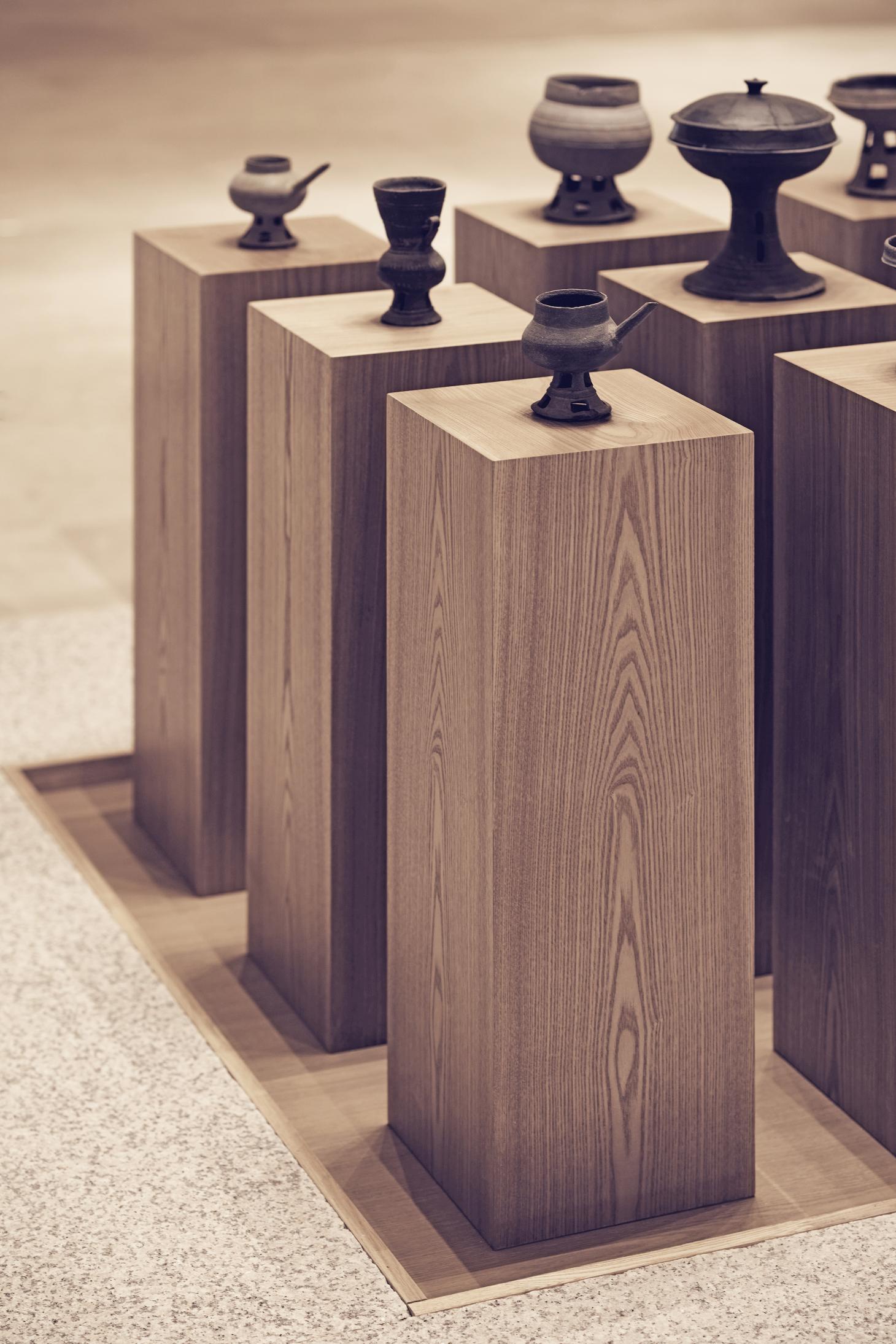
Following this concept, the geometric patterns of earthenware from the Silla Dynasty have been re-imagined as decorative wood elements for the lobby; and the dynasty's extravagant style and luxurious precious metal ornaments have inspired the bespoke bronze lighting elements and ceiling mirrors the studio created.
As with all Teo Yang's work, a minimalist approach that favours perfection of detail and craft dominates. This elevates even the smallest fitting to a museum-quality piece. A sense of calmness and spatial symmetry were equally important and underpin the design solution.
The lobby, specifically, ‘was designed to express three main messages,' say the architects. Firstly, it functions as a space that prioritises emotional connection; then, it provides rest within an area that promotes health and is surrounded by art; and lastly, it offers a new way of viewing the centuries-old artifacts on display.
Carefully placed furniture throughout ensures visitors can take the time to enjoy the works on show at their own pace, in a peaceful but fascinating environment. ‘We hope that the Buddha statues placed at both ends of the space, together with the scenery of Gyeongju’s Namsan Mountain, will create a mesmerising experience,' says Teo Yang.
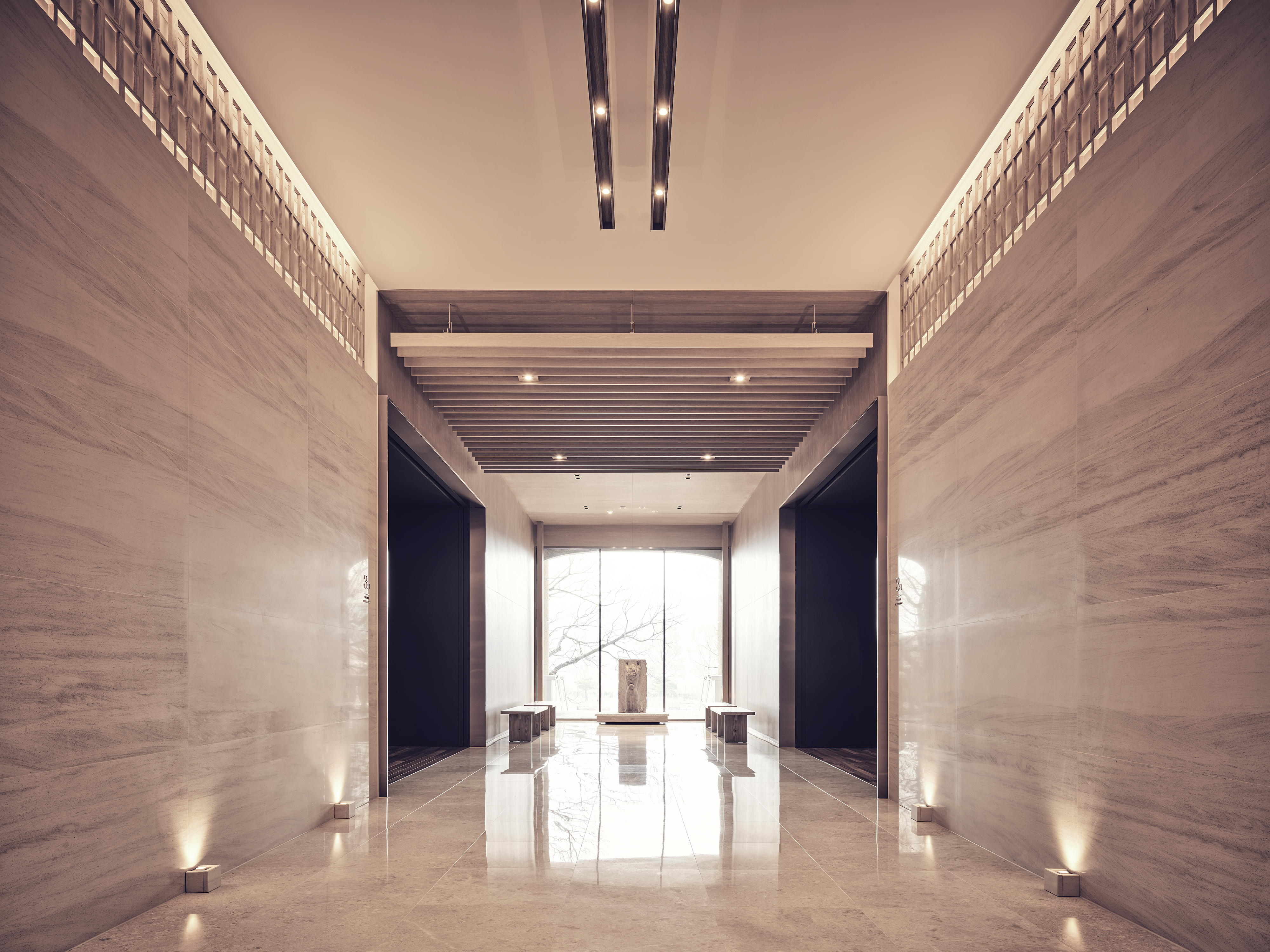
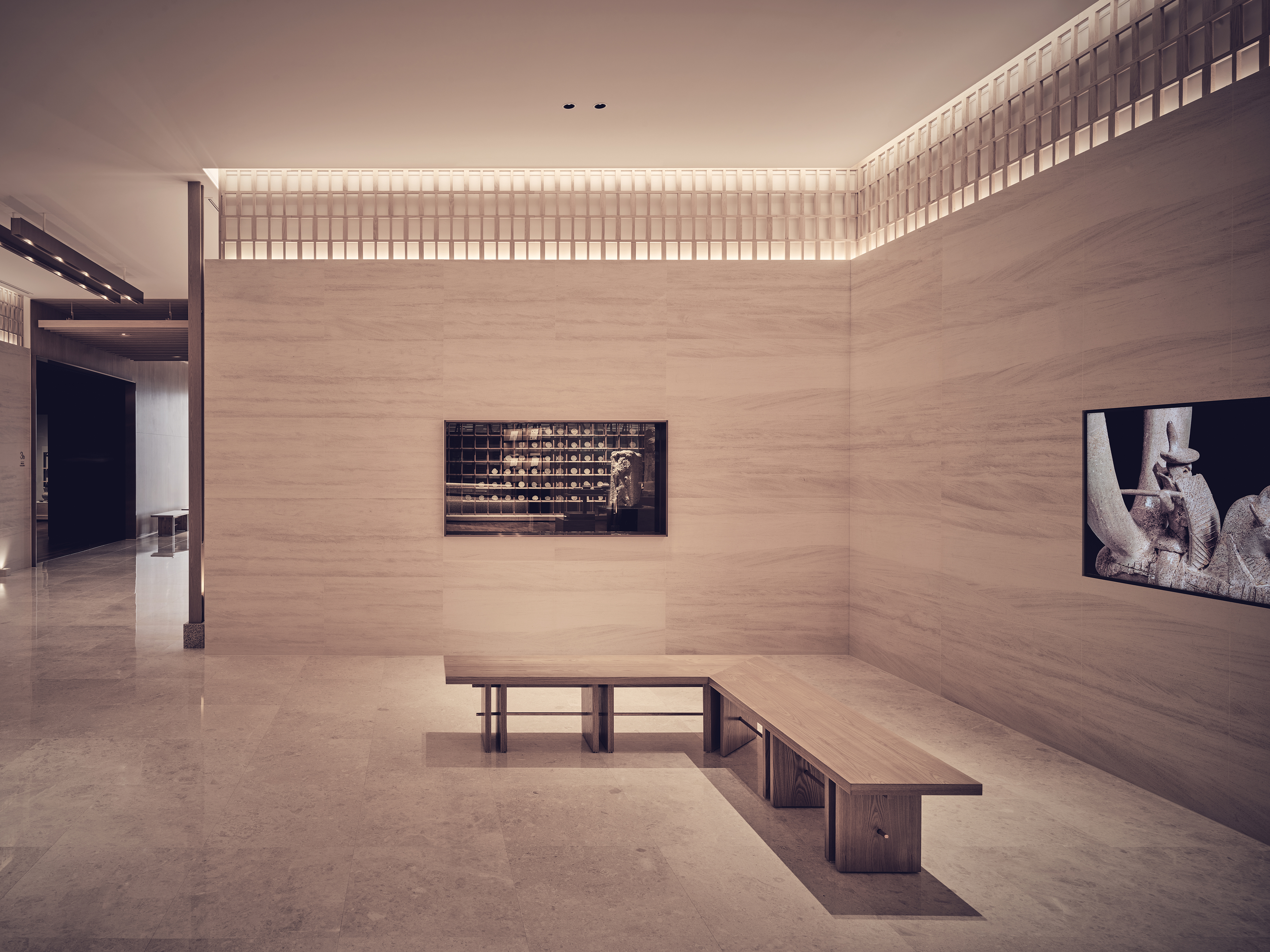
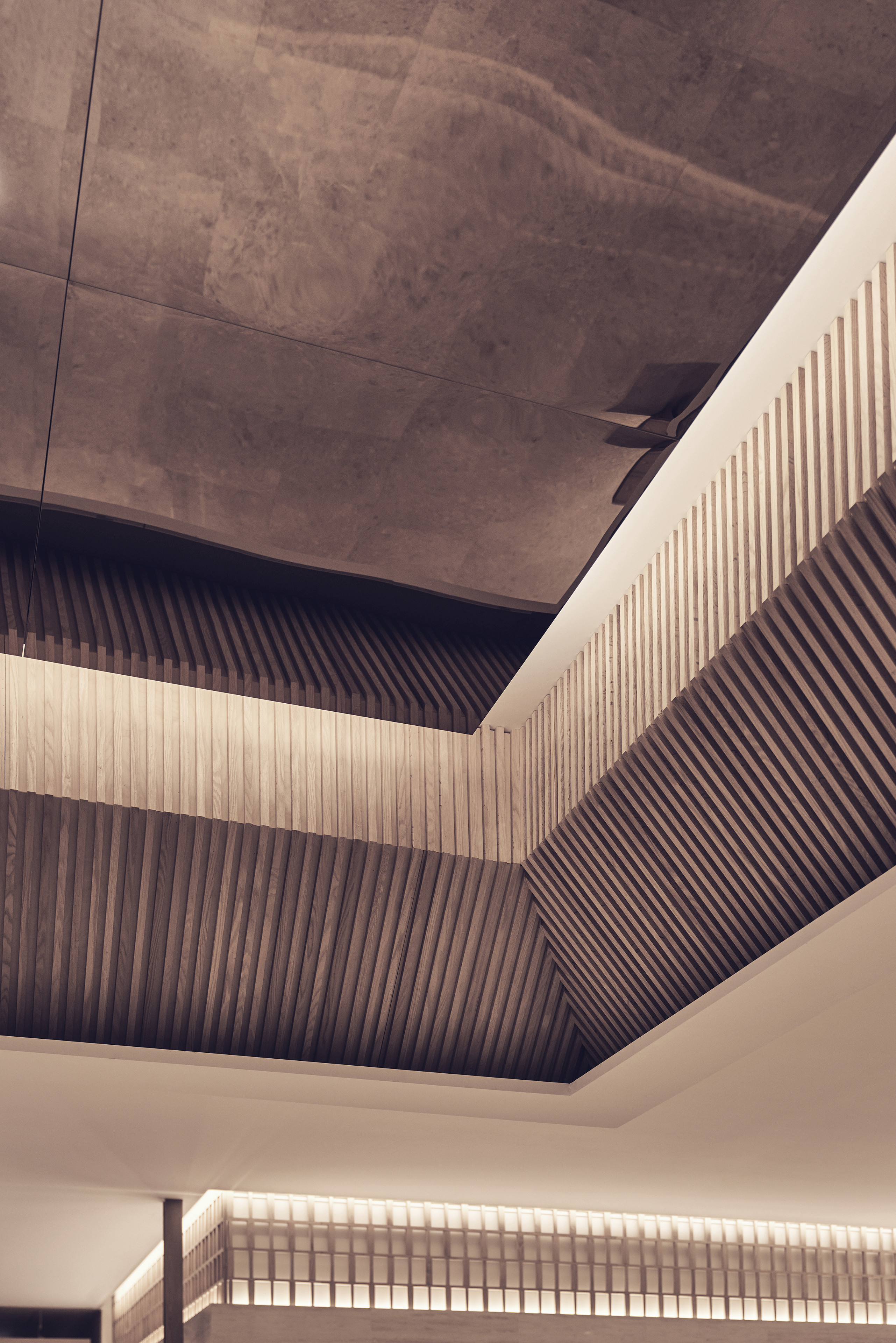
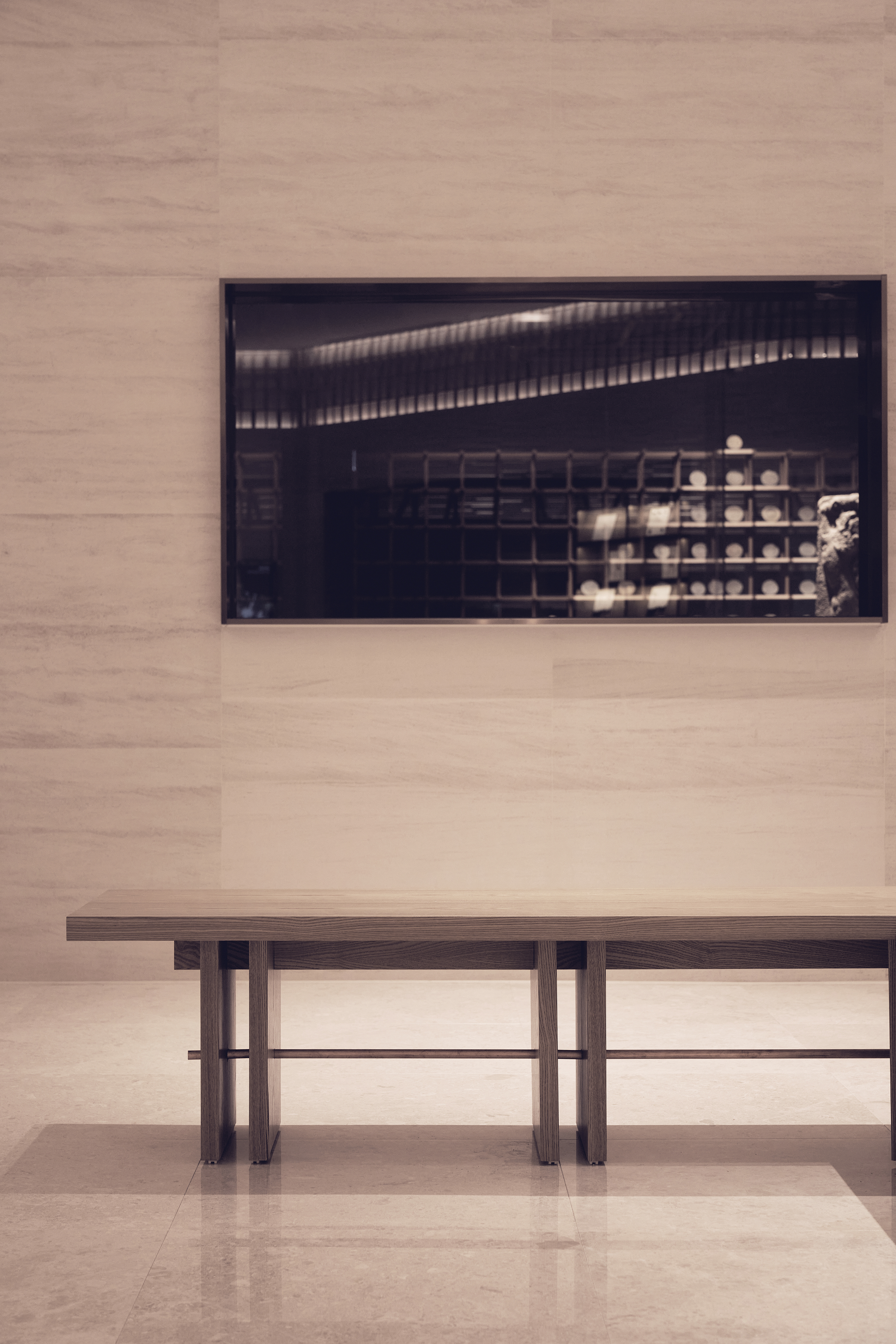
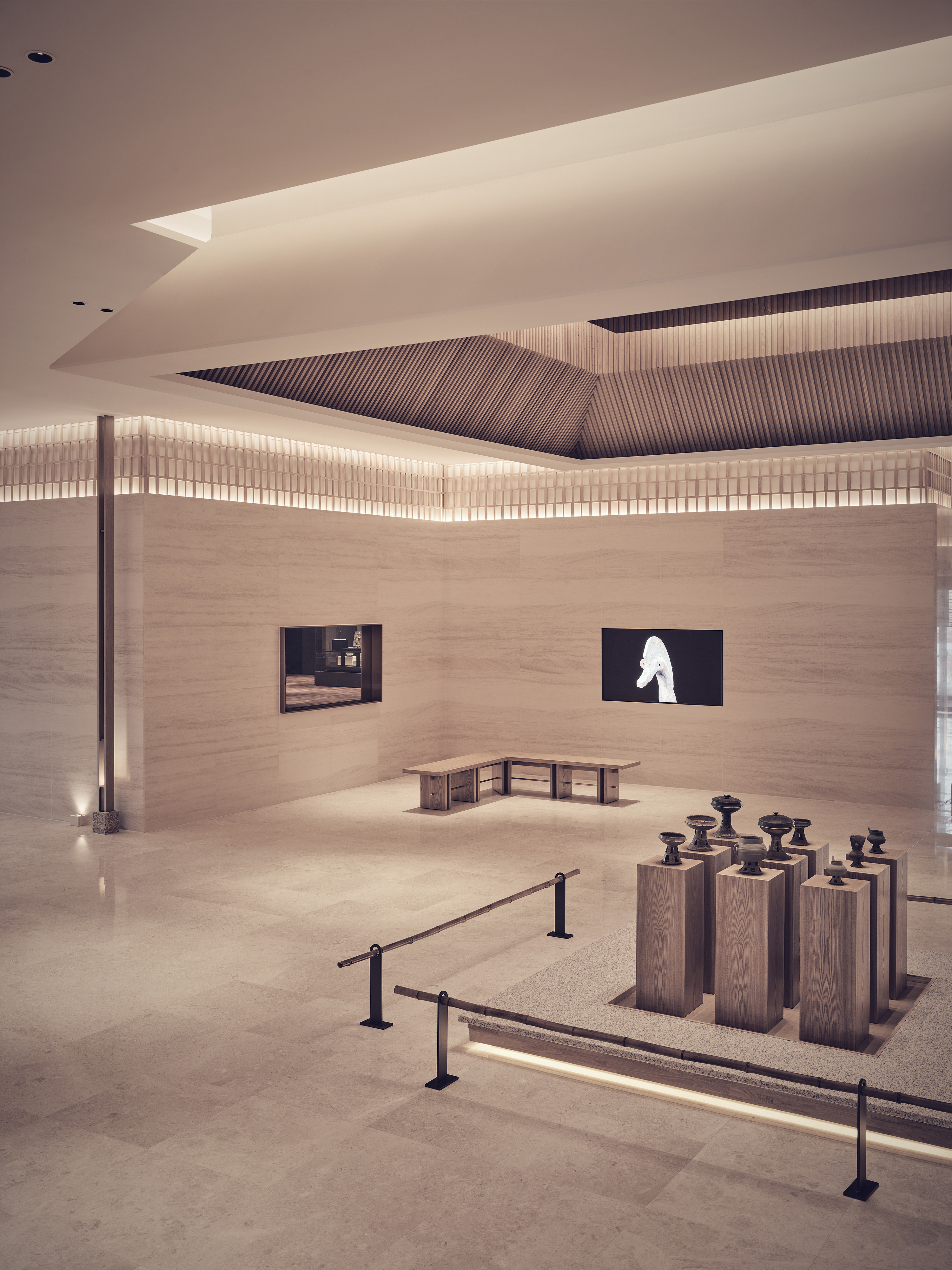
INFORMATION
Wallpaper* Newsletter
Receive our daily digest of inspiration, escapism and design stories from around the world direct to your inbox.
Ellie Stathaki is the Architecture & Environment Director at Wallpaper*. She trained as an architect at the Aristotle University of Thessaloniki in Greece and studied architectural history at the Bartlett in London. Now an established journalist, she has been a member of the Wallpaper* team since 2006, visiting buildings across the globe and interviewing leading architects such as Tadao Ando and Rem Koolhaas. Ellie has also taken part in judging panels, moderated events, curated shows and contributed in books, such as The Contemporary House (Thames & Hudson, 2018), Glenn Sestig Architecture Diary (2020) and House London (2022).
-
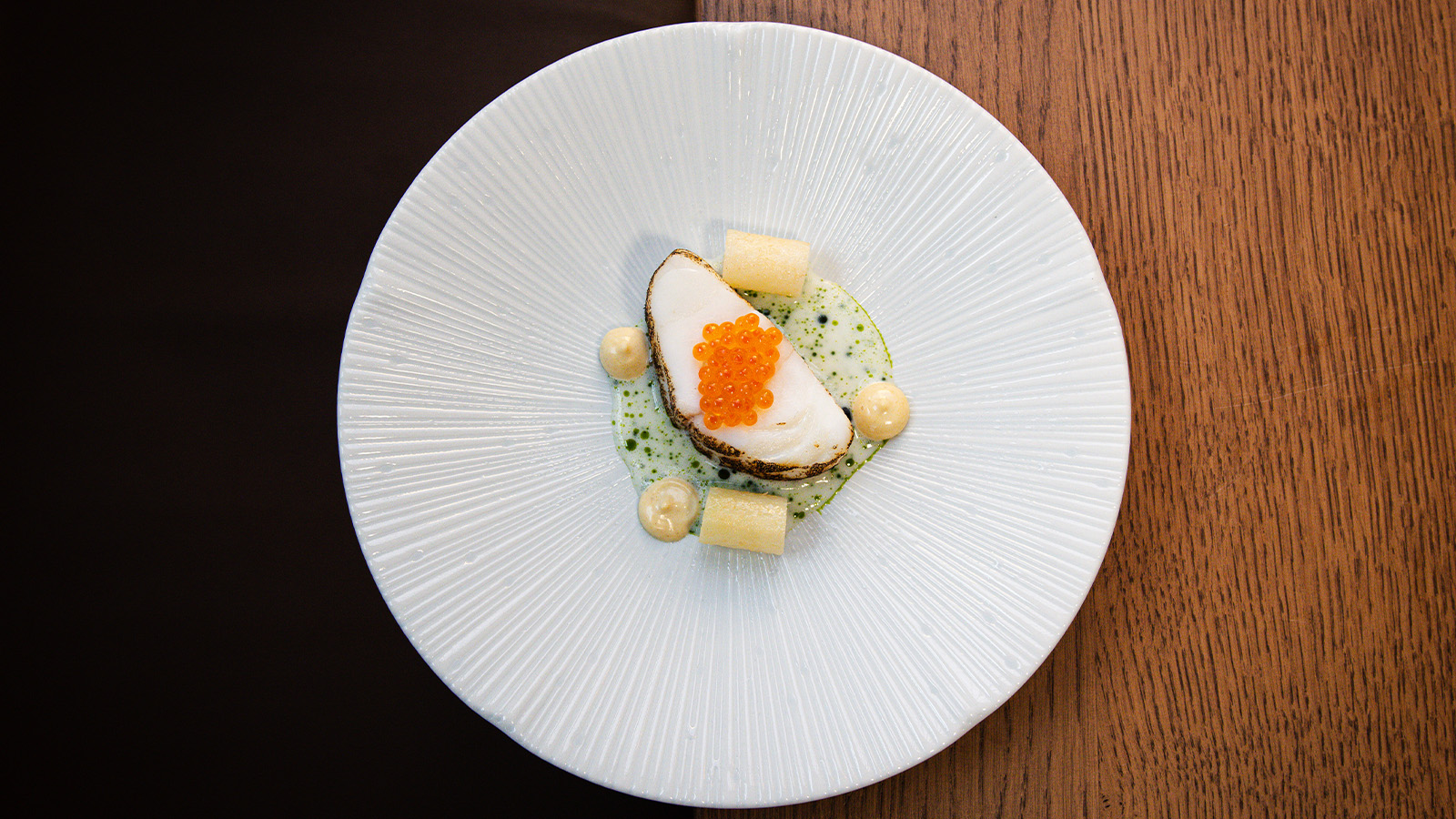 In Wales, Michelin-starred Gorse celebrates the country’s abundant larder
In Wales, Michelin-starred Gorse celebrates the country’s abundant larderGorse is the first Michelin-starred restaurant in Cardiff, putting Welsh cuisine on the map. We speak with chef and founder Tom Waters about the importance of keeping culinary traditions alive
By Tianna Williams
-
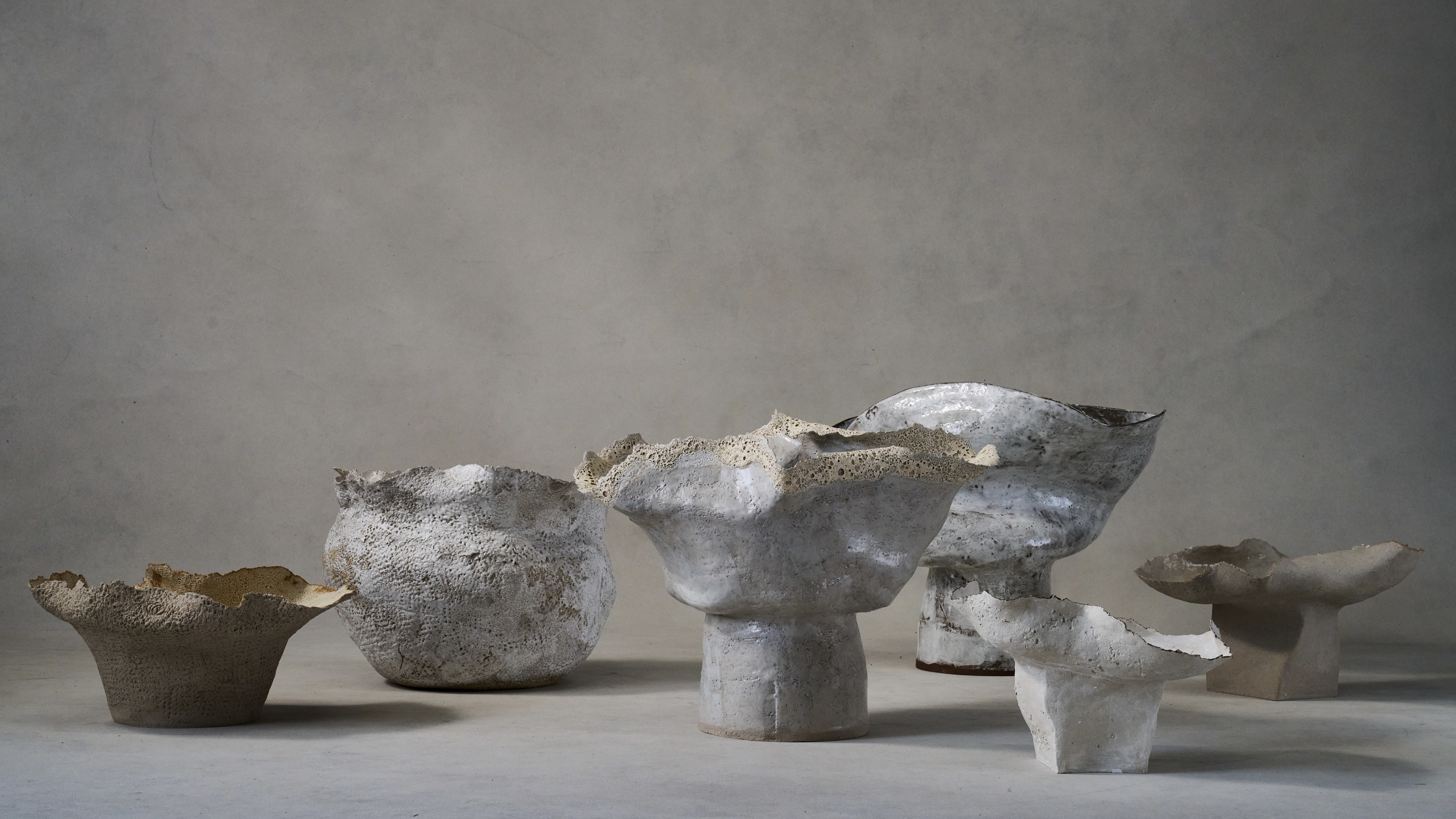 Ludmilla Balkis’ organic, earthy ceramics embody the Basque countryside
Ludmilla Balkis’ organic, earthy ceramics embody the Basque countrysideThe sculptor-ceramicist presents a series inspired by and created from found natural objects in a New York exhibition
By Anna Solomon
-
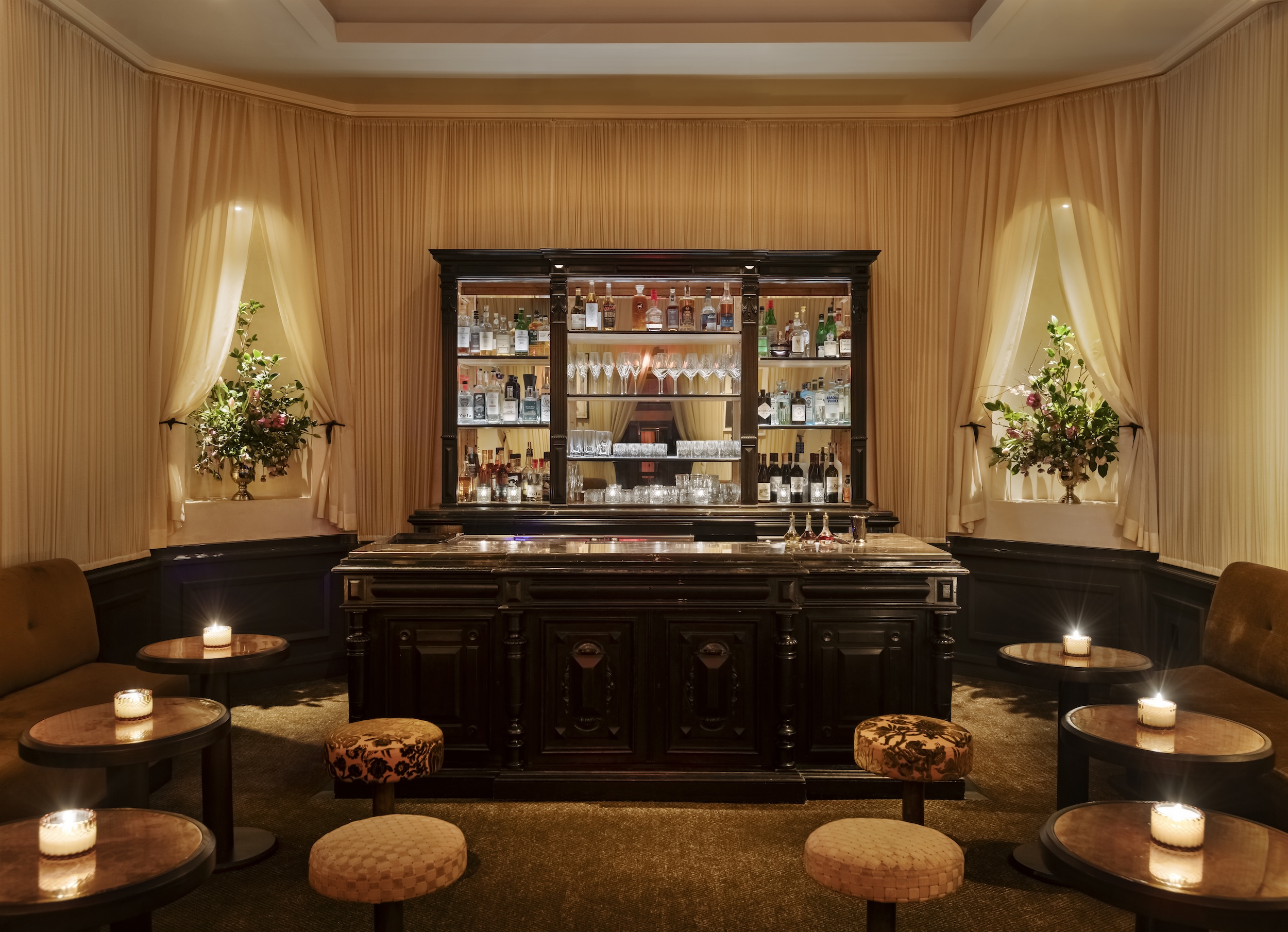 At this secret NYC hangout, the drinks are strong and the vibes are stronger
At this secret NYC hangout, the drinks are strong and the vibes are strongerFor People's bar, Workstead serves up a good time
By Anna Fixsen
-
 You’ll soon be able to get a sneak peek inside Peter Zumthor’s LACMA expansion
You’ll soon be able to get a sneak peek inside Peter Zumthor’s LACMA expansionBut you’ll still have to wait another year for the grand opening
By Anna Fixsen
-
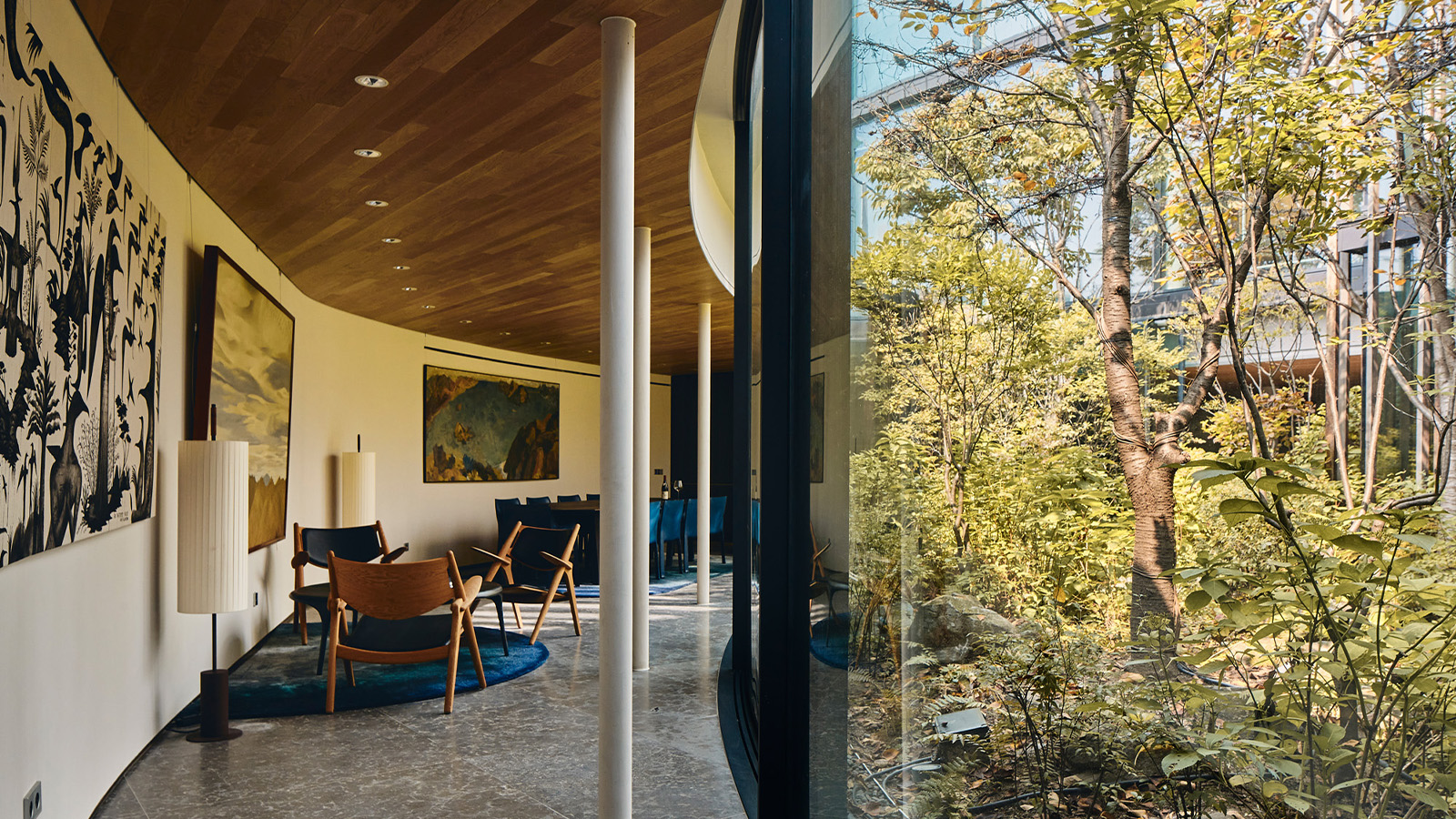 Join our tour of Taikaka House, a slice of New Zealand in Seoul
Join our tour of Taikaka House, a slice of New Zealand in SeoulTaikaka House, meaning ‘heart-wood’ in Māori, is a fin-clad, art-filled sanctuary, designed by Nicholas Burns
By SuhYoung Yun
-
 Wallpaper* Architects’ Directory 2024: meet the practices
Wallpaper* Architects’ Directory 2024: meet the practicesIn the Wallpaper* Architects Directory 2024, our latest guide to exciting, emerging practices from around the world, 20 young studios show off their projects and passion
By Ellie Stathaki
-
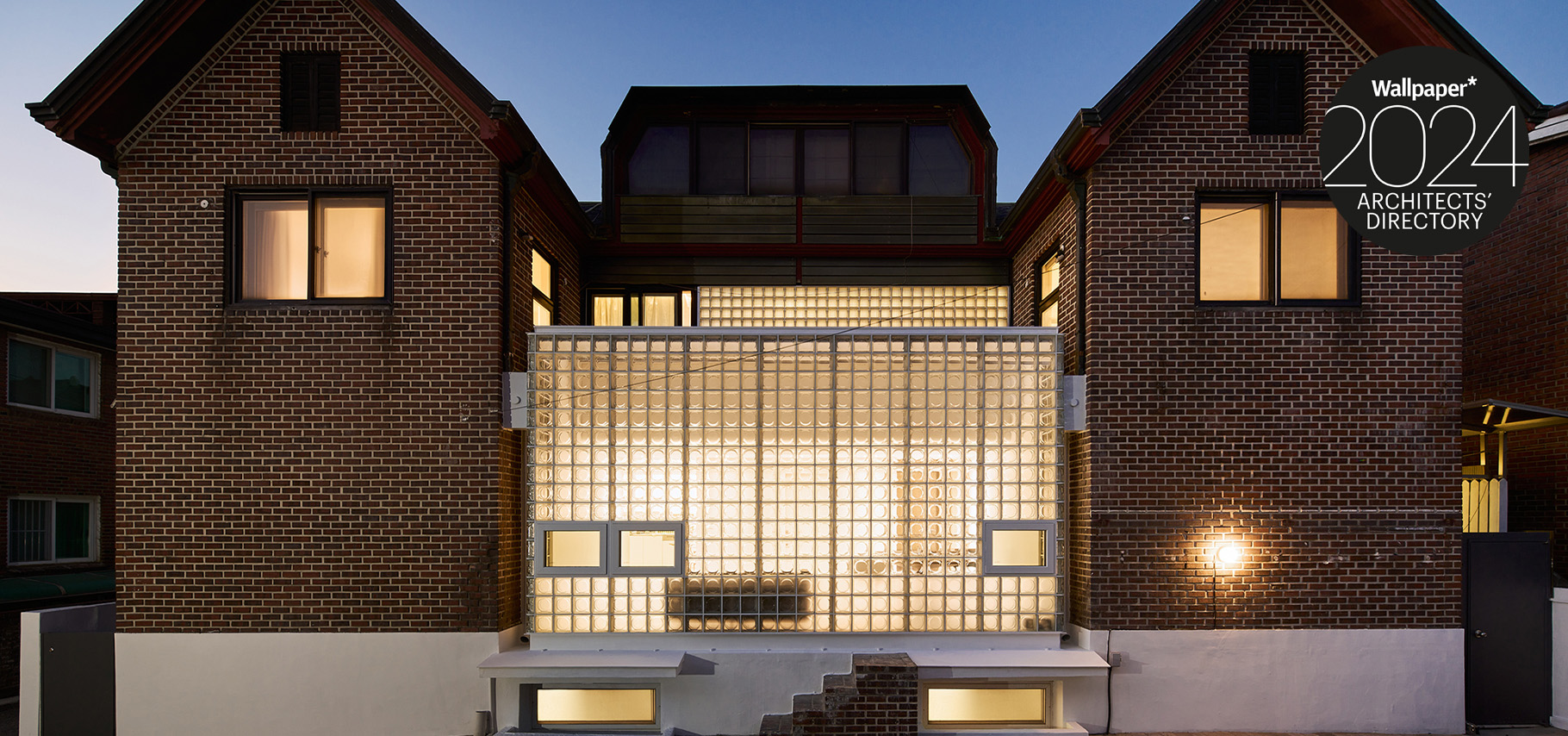 Studio Heech transforms a Seoul home, nodding to Pierre Chareau’s Maison De Verre
Studio Heech transforms a Seoul home, nodding to Pierre Chareau’s Maison De VerreYoung South Korean practice Studio Heech joins the Wallpaper* Architects’ Directory 2024, our annual round-up of exciting emerging architecture studios
By Tianna Williams
-
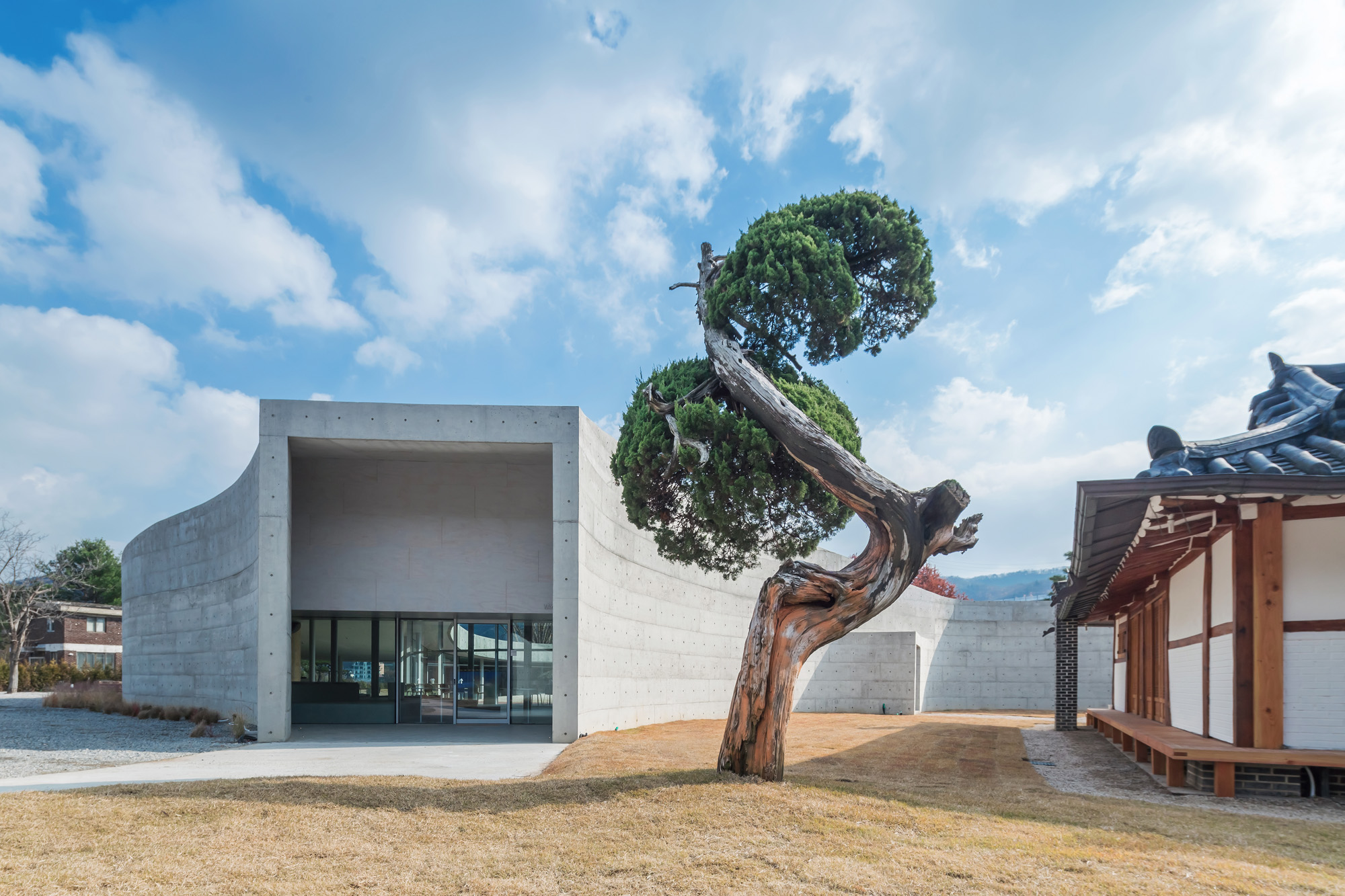 Architect Byoung Cho on nature, imperfection and interconnectedness
Architect Byoung Cho on nature, imperfection and interconnectednessSouth Korean architect Byoung Cho’s characterful projects celebrate the quirks of nature and the interconnectedness of all things
By Ellie Stathaki
-
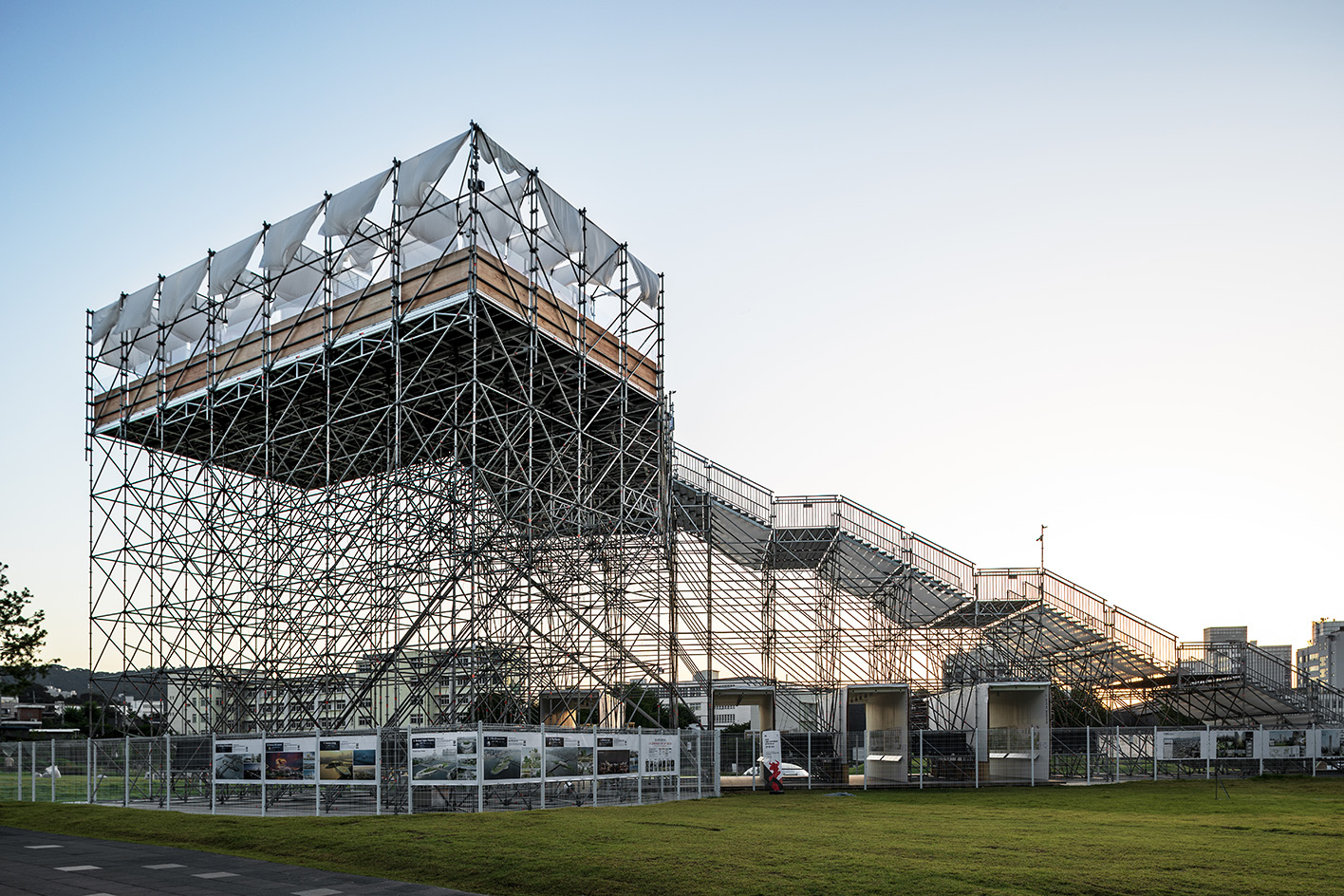 2023 Seoul Biennale of architecture invites visitors to step into the outdoors
2023 Seoul Biennale of architecture invites visitors to step into the outdoorsSeoul Biennale of Architecture and Urbanism 2023 has launched in the South Korean capital, running themes around nature and land through the lens of urbanism
By SuhYoung Yun
-
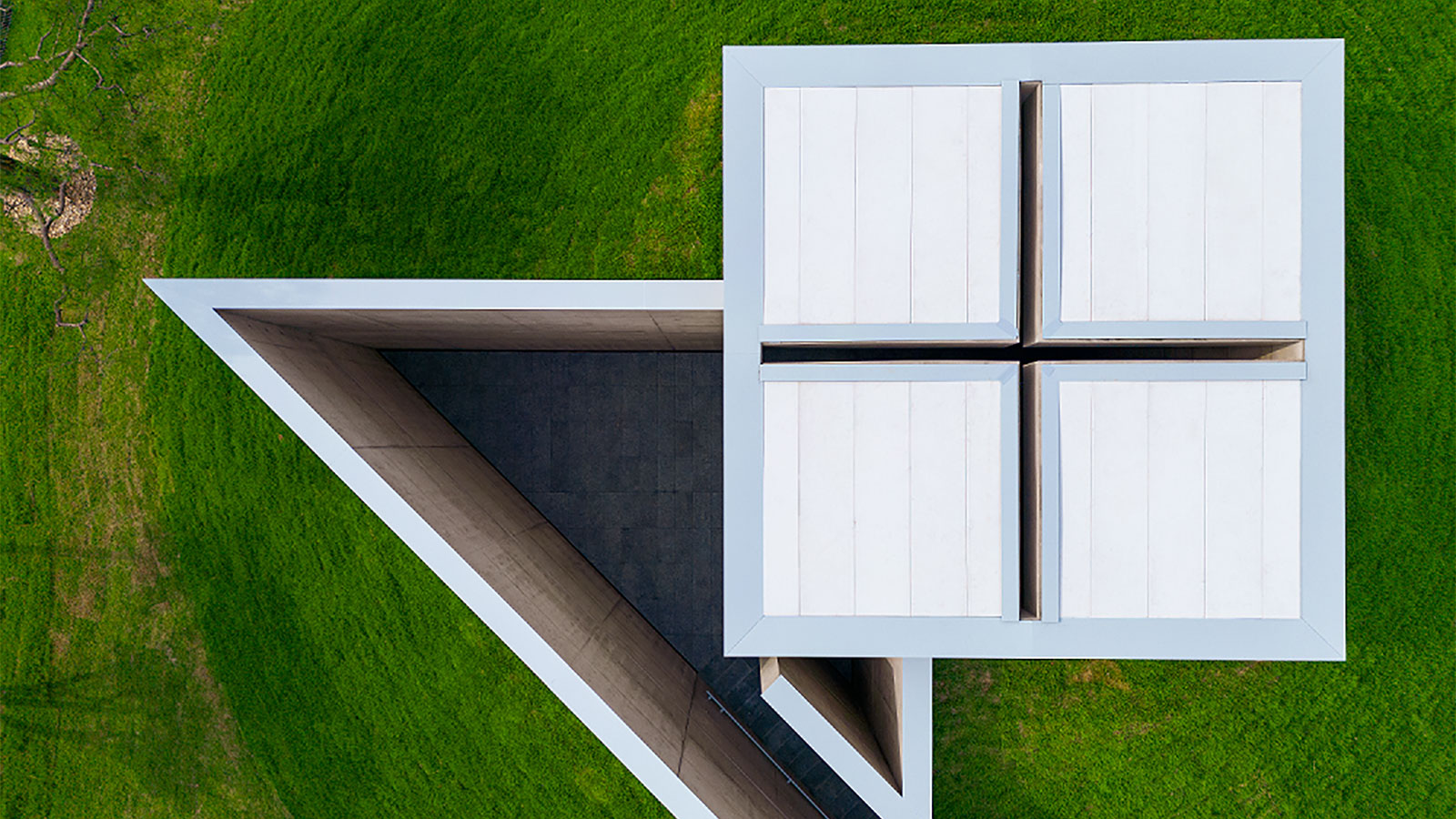 Tadao Ando’s ‘Space of Light’, a meditation pavilion, opens in South Korea
Tadao Ando’s ‘Space of Light’, a meditation pavilion, opens in South KoreaTadao Ando’s ‘Space of Light’ pavilion opens at Museum SAN in South Korea
By SuhYoung Yun
-
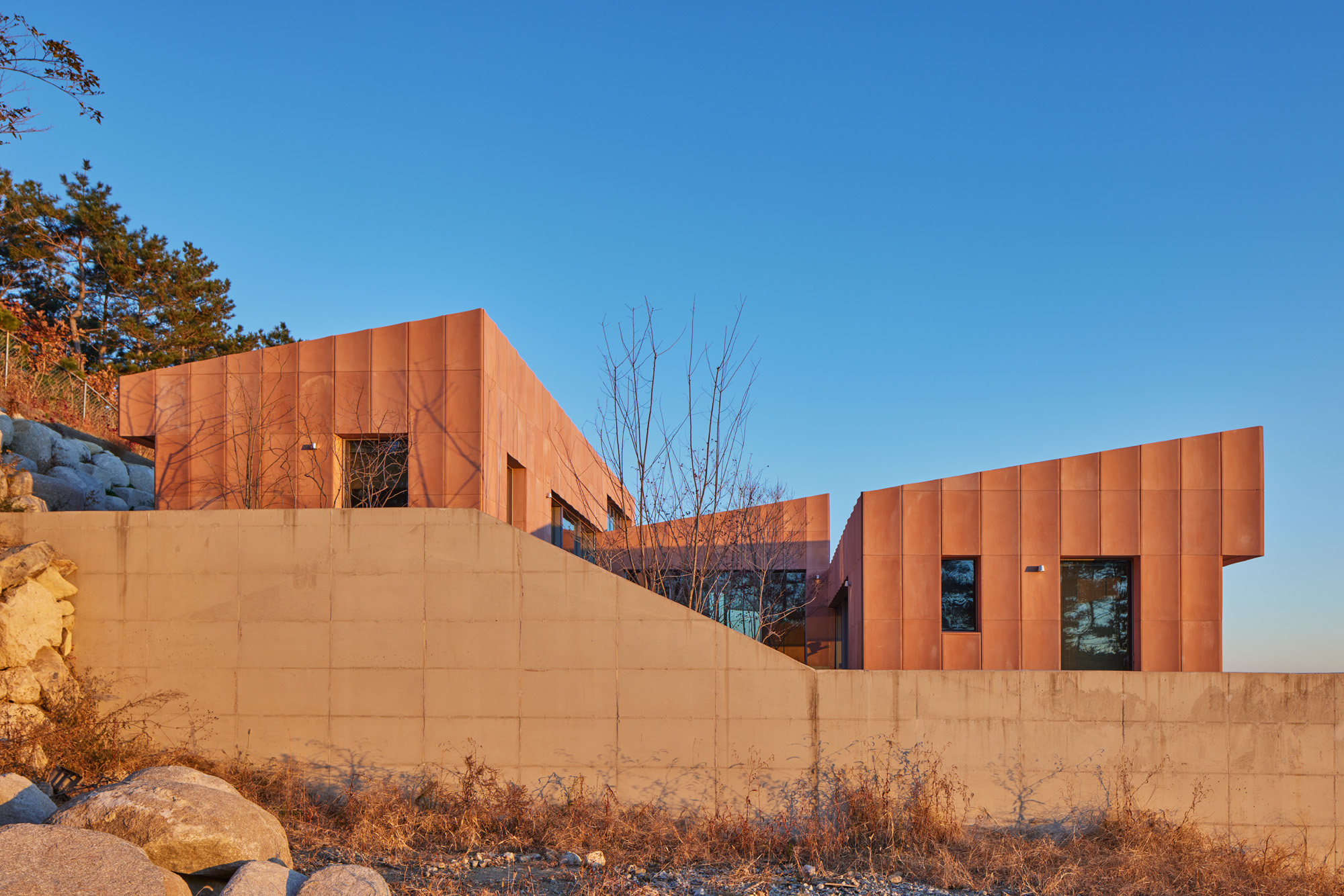 Seosaeng House is a holiday home designed to capture the rising sun
Seosaeng House is a holiday home designed to capture the rising sunSeosaeng House, Studio Weave’s first project in South Korea, is a clifftop holiday home perfectly designed to capture a new day dawning over the East Sea
By SuhYoung Yun